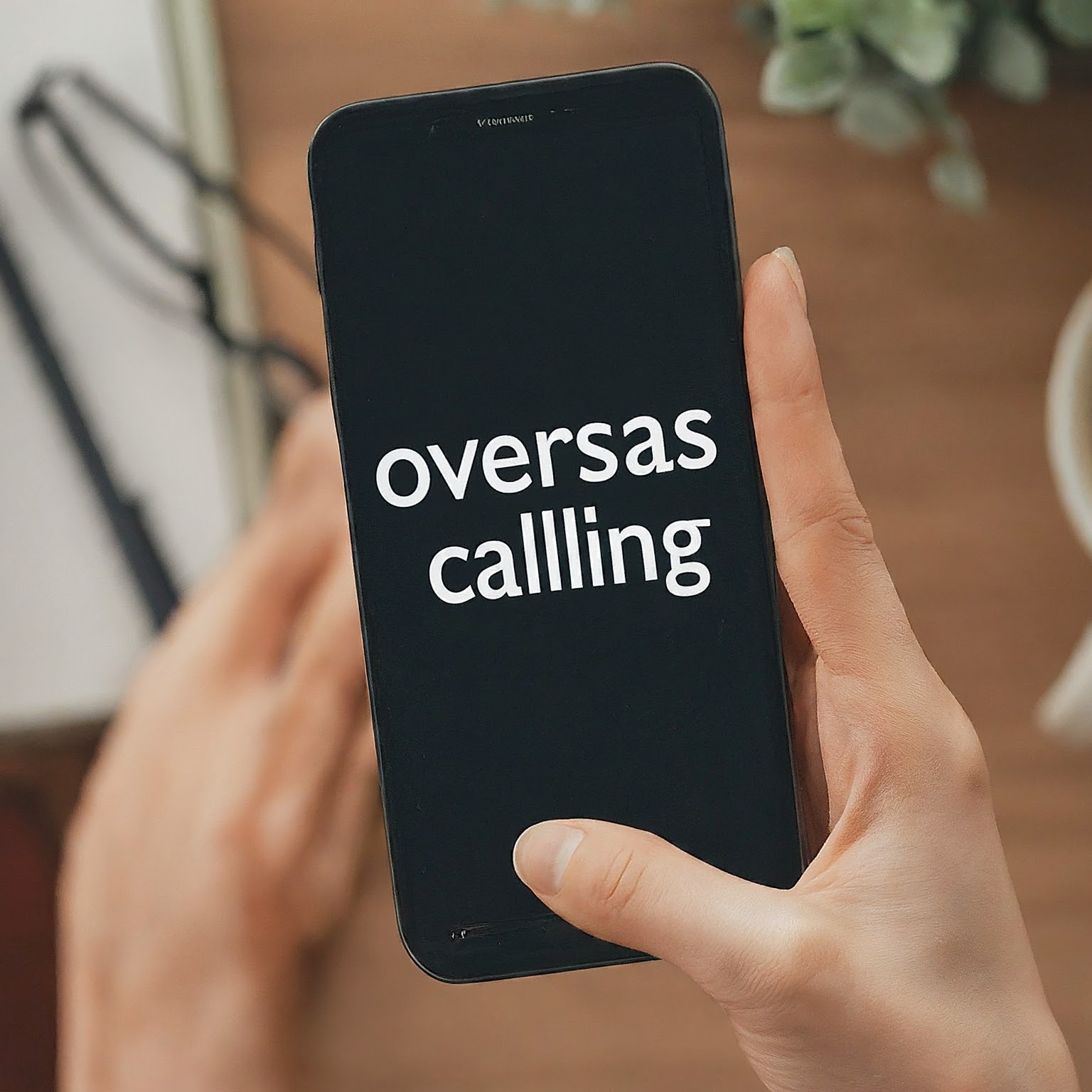Overseas calling has transformed from a costly luxury to an accessible necessity for many. Whether it’s staying connected with family abroad, conducting international business, or reaching out to friends in distant corners of the world, overseas calls have become an integral part of modern communication.

The Evolution of Overseas Calling
Overseas calling’s history is a fascinating tale of technological innovation. From the early days of operator-assisted calls and expensive satellite connections to the present era of VoIP (Voice over Internet Protocol) and affordable international plans, the landscape has changed dramatically.
- Operator-Assisted Calls: The early days of overseas calling involved placing calls through an operator who manually connected lines across countries. This was a time-consuming and expensive process.
- Satellite Connections: The advent of satellite technology in the mid-20th century revolutionized overseas calling, enabling direct dialing and reducing costs. However, calls remained relatively pricey.
- The VoIP Revolution: The rise of the internet brought about VoIP technology, allowing voice communication to be transmitted over the internet. This drastically reduced overseas calling costs and made it accessible to a broader audience.
Understanding the Technology Behind Overseas Calling
At its core, overseas calling relies on establishing a connection between the caller and the recipient in another country. This can be achieved through various means:
- Traditional Phone Lines: This involves connecting phone lines across different countries through a network of switches and cables. This method is still used, but it’s becoming less common due to the rise of more efficient alternatives.
- VoIP: VoIP converts voice signals into digital data packets and sends them over the internet. This method is often more affordable and offers flexibility. Popular VoIP services like Skype and WhatsApp facilitate overseas calling.
- Mobile Networks: Mobile carriers offer international calling plans that allow users to make calls directly from their smartphones. This is a convenient option, but it can be expensive depending on the plan and destination.
Factors Affecting Overseas Calling Costs
Several factors influence the cost of overseas calling:
- Destination: Calling rates vary widely depending on the country you’re calling. Calls to some countries are more expensive than others due to infrastructure, regulations, and carrier agreements.
- Call Duration: Longer calls typically cost more than shorter ones. Some providers offer flat-rate plans for unlimited overseas calling to specific countries.
- Service Provider: Different service providers have varying rates for overseas calling. It’s wise to compare plans and choose one that best suits your needs.
- Time of Day: Some providers offer discounted rates for overseas calling during off-peak hours.
Tips for Cost-Effective Overseas Calling
- Utilize VoIP Services: Take advantage of free or low-cost VoIP services like Skype, WhatsApp, or Google Voice for international calls.
- International Calling Plans: Consider signing up for an international calling plan if you regularly call specific countries. Many carriers offer affordable plans with bundled minutes.
- Calling Cards: Calling cards can be a cost-effective option for occasional overseas calls. Choose a reputable provider with transparent rates.
- Local SIM Cards: If you’re traveling abroad, purchasing a local SIM card can often be more affordable than using your home carrier’s international roaming service.
- Wi-Fi Calling: If you have access to Wi-Fi, many smartphones and apps allow you to make calls over Wi-Fi, bypassing international cellular charges.
The Future of Overseas Calling
Overseas calling continues to evolve, and the future holds exciting possibilities. The widespread adoption of 5G technology promises faster and more reliable connections, while advances in artificial intelligence could enhance translation services for multilingual conversations.
As technology progresses, overseas calling is likely to become even more seamless, affordable, and accessible, further bridging the communication gap between individuals and businesses across the globe.
لا تعليق